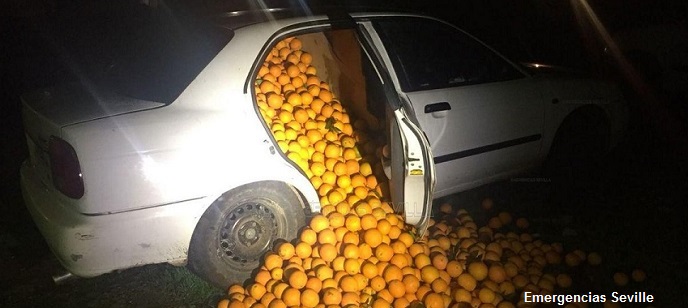Buckminster Fuller: Everything I know
10. SPACESHIP EARTH:
THE WORLD AS A RELATIONSHIP
Western science tends to conceive the world as separate from its storytelling; the observer severed from the observed. In Aboriginal “dreamtime” though, place is a story. Earth-dreaming as a relationship. Not as a disenchanted world that we merely exploit “out there”, but as a story still being told, that we are a part of. Not as sole protagonists in a broken monologue, but as participants in an unfinished choreography, offering a sense of belonging.
This chapter zooms in also on the stature of environmental justice within international law and global politics. Who owns the earth? Who owns the air? Who owns the climate? Who owns outer space? A changing nature of law is redefining how forests, trees and even rivers (e.g. the Whangui river in New Zealand) attain legal status, but who will share these laws and does it take into account indigenous stewardship questioning legal ownership & property rights defined by other cultures in very different ways? Or can corporations like Bayer-Monsanto be held accountable for ecocide by the International Court of the Hague (e.g. 2017 Monsanto Tribunal for ecocide)?
Pollution and garbage have more rights than citizens as they don’t need a passport to cross national and geographical boundaries. Is not pollution also a commons? If we pollute rivers we pollute ourselves. Worldwide we produce 260 million tons of plastic each year, of which 10% ends up in the oceans. Between the coasts of California and Hawaii drifts a plastic patch twice the size of Texas, or nearly half the size of the amazon basin.
Is water a free and basic human right, or should all the water on the planet belong to major corporations and be treated as a product? According to Chairman Peter Brabeck-Letmathe the former CEO and now Chairman of the largest food product manufacturer Nestlé, corporations should own every drop of water on the planet. The world that we share, the water, the forests, the atmosphere, the climate, as well as outer space (think the International Space Station), are part of the commons trust that has been overrun and plundered by corporate neo-liberalism set on a suicidal ecocide course. How can we mend our broken relationship with our biotope the world?

FURTHER READING & RESEARCH
Richard Buckminster Fuller, Operating Manual For Spaceship Earth (1968)
Donna J. Haraway, Staying with the Trouble, Making Kin in the Chthulucene (2016)
T.J.Demos, Decolonizing Nature: Contemporary Art and the Politics of Ecology (2016)
Eben Kirksey, Emergent Ecologies (2015)
Eben Kirksey on “Living with Parasites in Palo Verde National Park.” at the Rachel Carson Center for Environment and Society (2015)
Buckminster Fuller, ‘Everything I Know’ series’ (1977)
Christopher Miles, Alternative 3 (1977)
Jeremy Rifkin, The empathic civilization | TED Talk (2010)
Richard Buckminster Fuller, Operating Manual For Spaceship Earth (1968)
Peter Barnes, Who Owns the Sky? Our Common Assets and the Future of Capitalism (2001)
Vandana Shiva: Water Wars: Privatization, Pollution and Profit (2002)
Soil Not Oil: Environmental Justice in an Age of Climate Crisis (2007)
Eric T. Freyfogle, The Land We Share: Private Property And The Common Good (2003)
Maude Barlow, “Our Water Commons: Toward a New Freshwater Narrative” [report] (2009)
José A. Rivera, Acequia Culture: Water, Land, and Community in the Southwest (1998)
Michael F. Brown, Who Owns Native Culture? (2004)
Cormac Cullinan: Wild Law: A Manifesto for Earth Justice. White River Junction, Vt,: Chelsea Green, 2011
Maude Barlow, Our Water Commons: Toward a New Freshwater Narrative (2009)
Fritjof Capra &Ugo Mattei: The Ecology of Law: Toward a Legal System in Tune with Nature and Community. Oakland, California: Berrett-Koehler, 2015
Crottorf Castle report of international retreat on the commons
Alain Lipietz’ essay on the commons / on political ecology
Barcelona Charter for Innovation, Creativity and Access to Knowledge
World Social Forum, Reclaim the Commons
Commons Manifesto: Strengthen the Commons. Now!
David Martin: Global Innovation Trust and heritable trusts for indigenous peoples
Maria Mies & Veronika Benholdt-Thomsen: Defending, Reclaiming and Reinventing the Commons
FURTHER RESOURCES
Barcelona Charter for Innovation, Creativity and Access to Knowledge